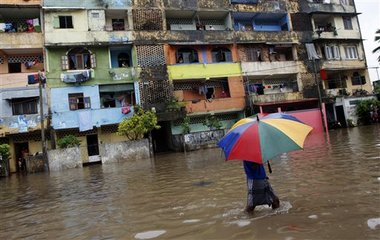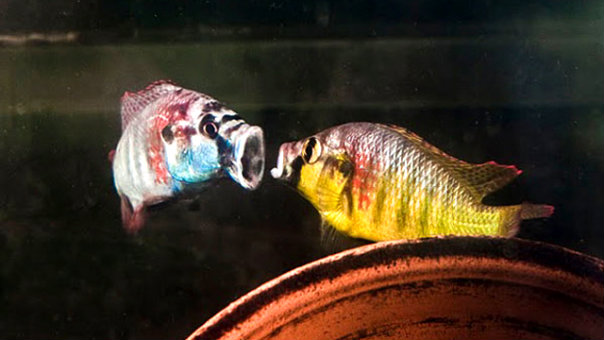
© Unknown
The Earth's mantle flows far more rapidly around a sinking tectonic plate than previously thought, according to new computer modeling by UC Davis geologists. The findings could change the way that we think about plate tectonics and the amount of energy available for earthquakes. The results will be published May 20 in the journal
Nature.
"Our model suggests that some parts of the mantle are moving at screaming speeds compared to what we can observe directly at the Earth's surface," said Magali Billen, associate professor of geology at UC Davis and co-author of the paper. "There is much more mixing and more rapid transport of heat in these regions of the Earth than we suspected."
Billen and graduate student Margarete Jadamec, now a postdoctoral researcher at Monash University in Australia, studied the Alaskan subduction zone, where the Pacific plate is diving beneath Alaska and pushing up Mt. McKinley.
To do so, they built the most detailed computer model to date of the plate and the surrounding mantle. The model revealed that rather than moving at roughly the same speed as the plate, the mantle was flowing much faster. "We expected it to flow faster, but the surprise was that it is flowing
20 to 30 times faster," Billen said.



